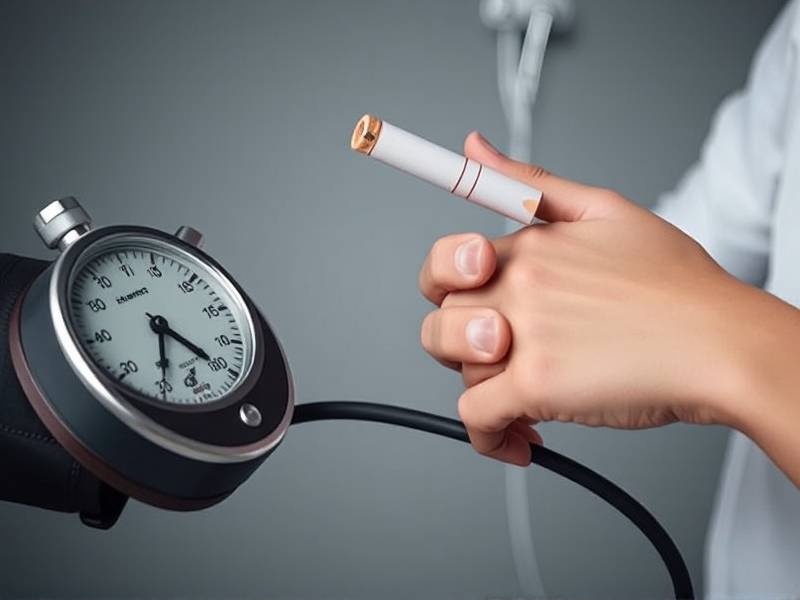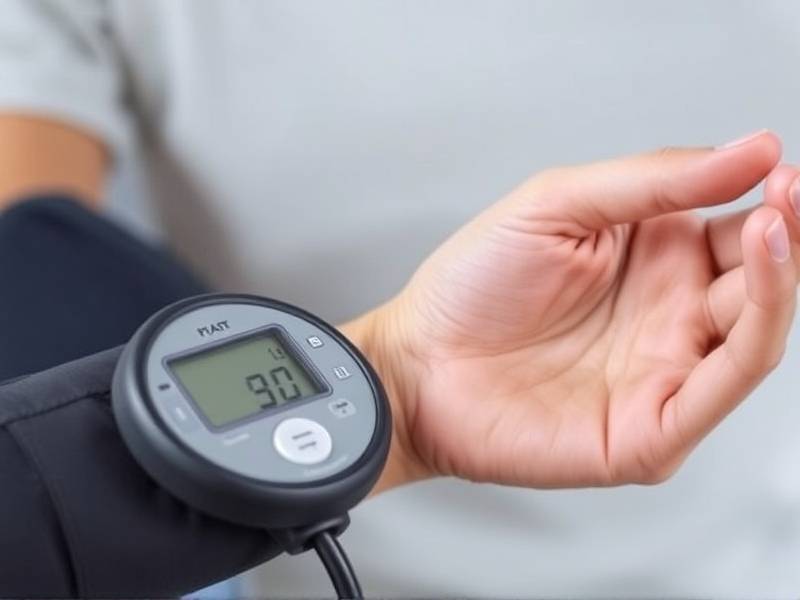How Quickly Does Blood Pressure Drop After Quitting Smoking?
The Swift Journey to Lower Blood Pressure: How Quitting Smoking Impacts Your Health
Introduction: Quitting smoking is a life-changing decision that brings numerous health benefits. One of the most noticeable improvements is a decrease in blood pressure. But how quickly can you expect this change to occur? In this article, we'll explore the timeline of blood pressure drop after quitting smoking and the factors that influence this process.
Understanding Blood Pressure: Before diving into the details, let's briefly discuss what blood pressure is. Blood pressure is the force of blood against the walls of your arteries as your heart pumps it around your body. It's measured using two numbers: systolic (the higher number) and diastolic (the lower number). Normal blood pressure is typically around 120/80 mmHg.

The Immediate Impact: When you quit smoking, your body starts to respond almost immediately. Within just 20 minutes of quitting, your heart rate and blood pressure begin to drop as nicotine levels in your bloodstream decrease. This initial reduction may not be significant enough to notice, but it sets the stage for further changes.
Weeks 1-3: The Initial Drop: Within the first few weeks after quitting, you can expect a noticeable drop in blood pressure. Research suggests that within three months, most people experience a reduction in systolic blood pressure by an average of 5-15 mmHg and diastolic blood pressure by an average of 4-10 mmHg. This reduction is attributed to several factors:
- Improved oxygen flow: Smoking reduces oxygen supply to your body's tissues, including your heart. Quitting smoking allows for better oxygen flow, which can help lower blood pressure.
- Reduced inflammation: Nicotine causes inflammation throughout the body, including in the arteries. As inflammation decreases, so does the resistance against blood flow and subsequently, blood pressure.
- Enhanced cardiovascular function: Over time, quitting smoking helps improve overall cardiovascular health by reducing plaque buildup in arteries.
Months 4-12: Continued Improvement: While significant improvements occur within the first few months after quitting smoking, ongoing benefits persist over time. During this period (months 4-12), systolic and diastolic blood pressures continue to decrease gradually as your body continues to heal from years of smoking damage.
Years 1-2: Long-term Benefits: After one year of being smoke-free, you may notice further reductions in both systolic and diastolic blood pressures compared to when you were still smoking. Over time (years 1-2), these long-term benefits contribute to a lower risk of heart disease and stroke.
Conclusion: Quitting smoking has immediate and long-lasting effects on lowering blood pressure. While it may take several months for significant improvements to be noticed, the journey towards better cardiovascular health begins right away. By choosing to quit smoking today, you're taking a crucial step towards improving your overall well-being and reducing your risk of heart-related diseases.
Remember that everyone's experience may vary when it comes to how quickly their blood pressure drops after quitting smoking. Staying smoke-free is key to experiencing these health benefits fully.

Note: This article provides general information about how quickly blood pressure drops after quitting smoking but should not replace medical advice from healthcare professionals who can provide personalized guidance based on individual circumstances.
